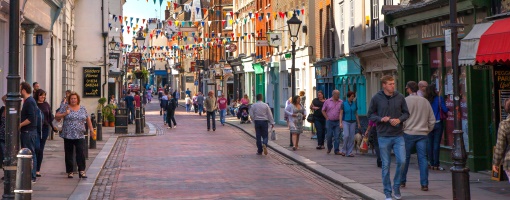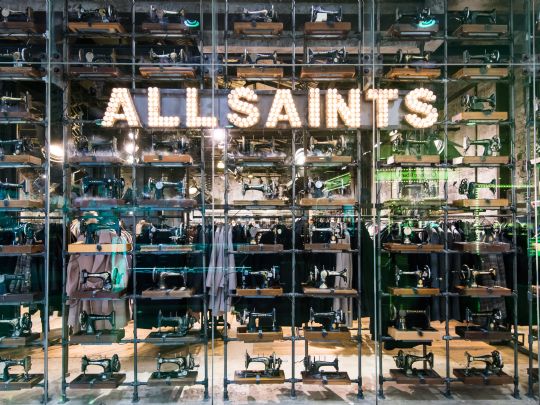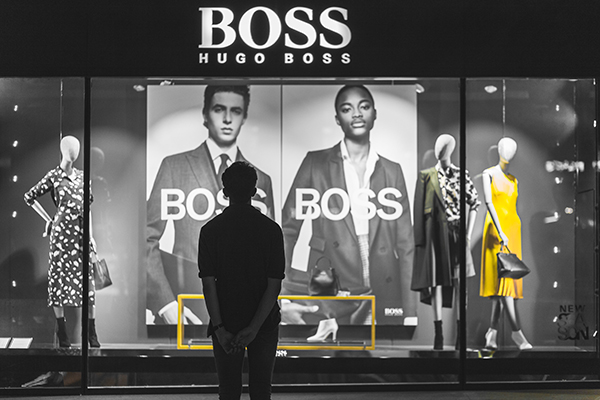One in every ten High Street shops is now empty, as footfall at shopping centres continues to dwindle, according to the latest figures from the British Retail Consortium (BRC) and Springboard.
The shift to online shopping and rising business rates have contributed to a 9.9 per cent rise in the town centre vacancy rate in January, with the sharpest rise seen in Northern Ireland (14 per cent) and the north of England (13.2 per cent).
On a year-by-year basis, total retail footfall was down 0.7 per cent in January, the fourteenth consecutive month of decline, however the drop was less pronounced than the 1.6 per cent footfall decrease seen in January last year.
Shopping centre footfall was down 0.9 per cent on a year-by-year basis, while retail park traffic fell less sharply (down 0.3 per cent).
The news of further headwinds for the retail industry in January comes after Altus Group, a real estate adviser, warned that 4,000 retail jobs a day have been lost or threatened since Christmas, as High Street retailers including Marks and Spencer, Debenhams and rescued music chain HMV have cut staff to save costs.
More than 14,000 retail jobs have been cut in recent months as High Street retailers continue to lose out to online retailers.
BRC chief executive Helen Dickinson said that the increase in the shop vacancy rate would be a “cause for concern” for many retailers and warned that the industry was undergoing “a seismic shift, with technology changing the way we shop”.
She warned that the consumer shift to online retail would require a “reinvention of retail, with outlets investing in their physical space to encourage a more experience-led approach to shopping – something which is being held back by sky high business rates”.
Diane Wehrle, marketing and insights director at Springboard, said “Despite the fact that the vacancy rate is a lagged and sticky indicator - trailing sales and footfall trends, and subject to the vagaries of lease lengths - in January it reflected the ongoing challenges faced by retailers and recent store closure.”
She added that the vacancy rate was now at the highest it has been since July 2016 when it rose to 10.1 per cent from 9.6 per cent in the previous quarter.
Latest News
-
Waitrose to roll out electronic shelf labels across all stores
-
John Lewis to open 3 in-store hospitality spaces
-
Heineken launches WhatsApp tech that swaps voice notes for real conversation
-
Coach, Kate Spade and Urban Outfitters amongst retailers to use new agentic commerce technology
-
Uber Eats and Starship Technologies launch robot deliveries in Leeds
-
Carrefour launches new pop-up store concept in Belgium
Beyond Channels: Redefining retail with Unified Commerce
This Retail Systems fireside chat with Nikki Baird, Vice President, Strategy & Product at Aptos will explore how unified commerce strategies enable retailers to tear down these barriers and unlock new levels of operational agility and customer satisfaction.
The future of self-checkout: Building a system that works for consumers and retailers
In this webinar, industry leaders discussed what the future of self-checkout looks like and how retailers can make the technology work for everyone.
© 2024 Perspective Publishing Privacy & Cookies












Recent Stories